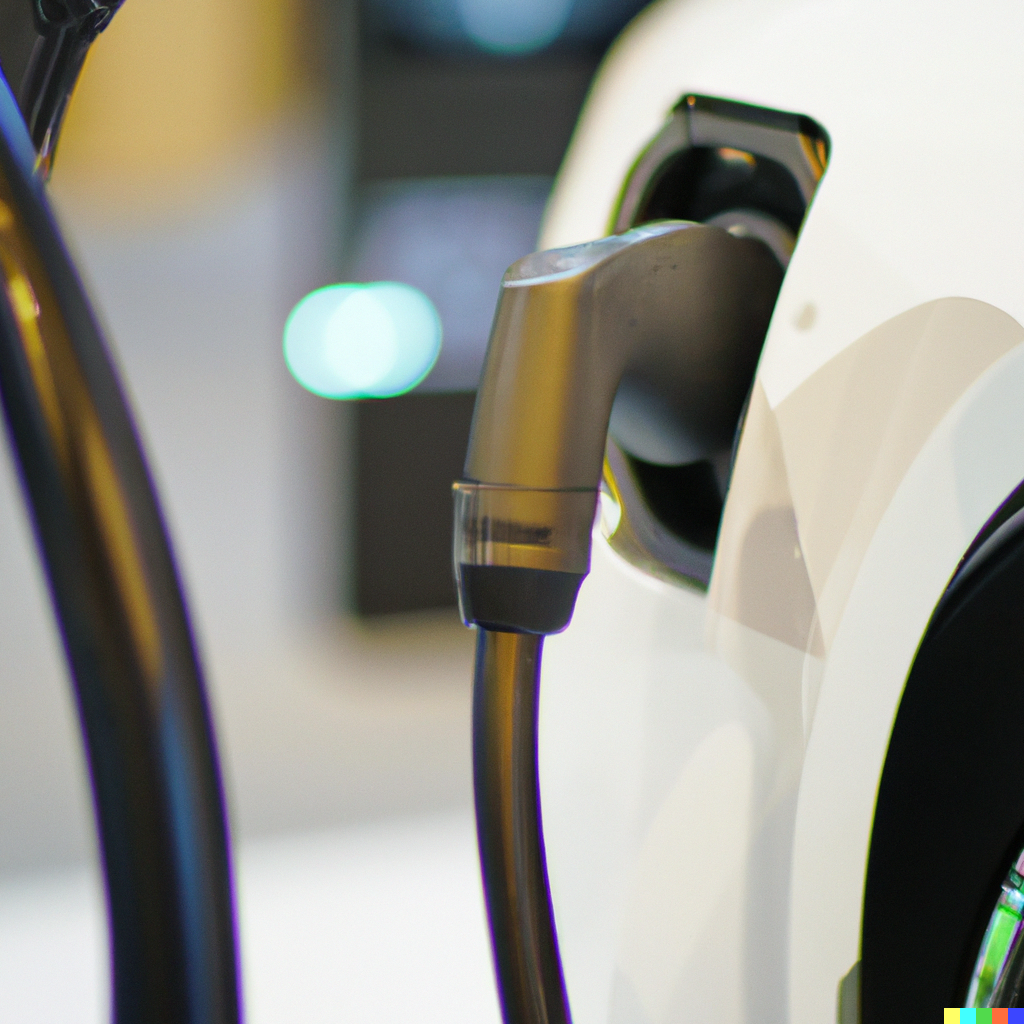INSTALLATION AND COMMISSIONING OF EV AC/DC CHARGING STATIONS
More people are choosing electric cars these days because they want to use a more friendly way of travel. To help with the need for more electric vehicles, it’s important to set up charging spots in different places such as homes, offices and public areas.
A very important part of charging stations for electric vehicles is the charger. AC and DC chargers are the two big kinds of EV charging machines. Each one has good points and bad ones too. In this post, we will examine how to set up and start using AC and DC EV chargers.

Installation of AC EV Chargers
AC chargers, also called Level 2 chargers, use alternating current to fill up electric vehicles. They are usually found in homes or offices and give a quicker charge than Level 1 chargers. These use only a normal 220V plug-in point at home.
The installation process for an AC EV charger typically involves the following steps:
- Site assessment: The team that puts it in will check the spot for putting the charger to make sure it’s safe and good. This means checking the power supply, finding where the charger is placed and knowing what kind of electric car will be charged.
- Preparation: The setup team will get the place ready for putting in a charger. They may need to make wire paths, set up tubes and arrange power sources before placing it there.
- Installation: Then, the AC charger is put in place. The installers will make sure it’s well fastened and all required electric connections are made correctly.
- Testing: The charger will be checked to make sure it’s working right and giving the EV the correct amount of power.
- Commissioning: In the end, the charger will start working. This means it’s ready for use. The group that sets up the charger will tell you how to use it and take care of it.
Putting up DC Fast Chargers for EVs
DC Fast Chargers, also called Level 3 chargers need more knowledge to pick and place. EV Safe Charge is ready to help you. We have a good variety of stuff. It includes the newest, dependable Level 3 DC Fast Chargers and management systems from well-known companies like Efacec, ABB, IES and others.
The installation process for a DC EV charger typically involves the following steps:
- Site assessment: The team that puts in the charger will look at where it’s going to be put. They want to make sure this place is safe and good for the install. This will involve checking the power supply, finding where to put the charger and what kind of electric car is going to be charged.
- Preparation: The group who sets up the equipment will get the place ready for putting in a charger. This could involve laying wires, building pipes and getting power to set it all up.
- Installation: The team will put in the DC charger and make sure it’s fastened well. They also check all vital electricity links are properly set up.
- Testing: The tester will check the charger to make sure it’s working okay and giving enough power to the electric car.
- Commissioning: Lastly, the charger will start to work. This means it’s prepared for use. The people who set up the charger will give you directions on how to use it and keep it working right.
